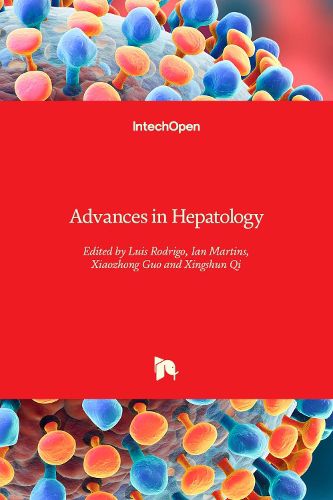Readings Newsletter
Become a Readings Member to make your shopping experience even easier.
Sign in or sign up for free!
You’re not far away from qualifying for FREE standard shipping within Australia
You’ve qualified for FREE standard shipping within Australia
The cart is loading…






This book discusses clinical advances in hepatology, with a focus on metabolic diseases and chronic hepatitis C. The development of direct-acting antiviral (DAA) agents for the treatment of hepatitis C virus (HCV) infection in 2010 has completely transformed the management of this disease. This transformative nature of DAA therapy underpins the goal of the World Health Organization (WHO) to eliminate HCV infection as a public health threat by 2030. The advantages of using these therapies include high efficacy (sustained virological response rate >95%) with minimal side effects, good tolerability, easy drug administration (once-daily oral dosing) and short duration of treatment (8-12 weeks). The commercialization of second-generation DAA agents due to their high effectiveness, few side-effects and pangenotypic action. This transformative nature of DAA therapy underpins the goal of the WHO to eliminate HCV infection as a public health threat by 2030.
$9.00 standard shipping within Australia
FREE standard shipping within Australia for orders over $100.00
Express & International shipping calculated at checkout
This book discusses clinical advances in hepatology, with a focus on metabolic diseases and chronic hepatitis C. The development of direct-acting antiviral (DAA) agents for the treatment of hepatitis C virus (HCV) infection in 2010 has completely transformed the management of this disease. This transformative nature of DAA therapy underpins the goal of the World Health Organization (WHO) to eliminate HCV infection as a public health threat by 2030. The advantages of using these therapies include high efficacy (sustained virological response rate >95%) with minimal side effects, good tolerability, easy drug administration (once-daily oral dosing) and short duration of treatment (8-12 weeks). The commercialization of second-generation DAA agents due to their high effectiveness, few side-effects and pangenotypic action. This transformative nature of DAA therapy underpins the goal of the WHO to eliminate HCV infection as a public health threat by 2030.